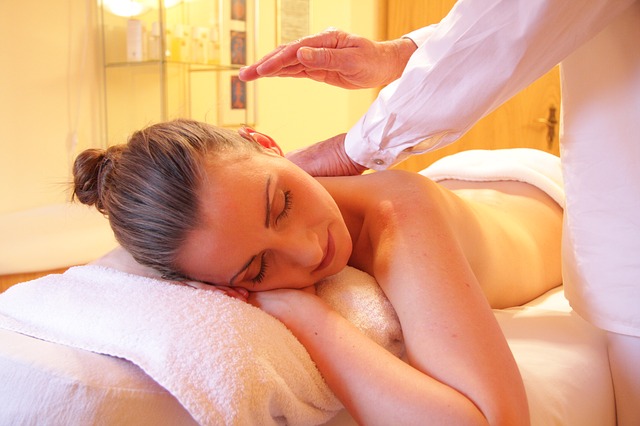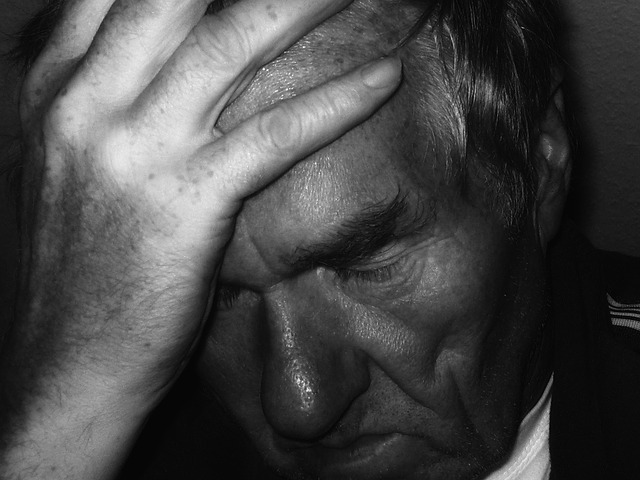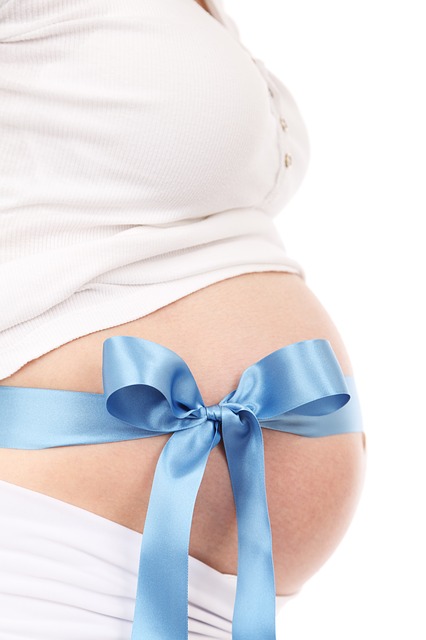Posts by Dr. Travis Elliott DC
Spinal Decompression Therapy
Spinal decompression therapy is a method that gently stretches the spine to change its force and position. These changes take pressure off of the spinal discs, which act as cushions between the bones in your spine. Taking this pressure off the spinal discs results in possible reiteration of bulging or herniated discs as well as takes pressure off the nerves and others structures in the spine. With this pressure relieved, the movement of water, oxygen, and nutrient fluids will increase and disks can heal at a quicker rate.
This method is specific for disc bulges, disc herniations, disc extrusions, nerve pain, numbness and tingling caused by these conditions.
Gonstead Technique
When using the Gonstead Chiropractic Technique, five criteria are used to detect the presence of vertebral subluxation.
1: Visualization – Chiropractors are experts at looking subtle changes in posture and movement that could indicate any spinal problems.
Soft Tissue Technique

Soft tissue therapy is the assessment, treatment and management of soft tissue injury, pain and dysfunction primarily of the neuromusculoskeletal system. Using the Soft Tissue Technique, firm pressure is directly applied to specific areas to relax hypertonic muscles and stretch tight fascial structures. Massage techniques may also be used as part of a treatment application. Sustained pressure can also be used to alleviate tight areas within muscles and fascia.
Diversified Technique
The most commonly used adjustment technique by chiropractors, Diversified Technique is charactered by a high-velocity, low amplitude thrust. Quick and shallow thrusts often result in a cavitation of a joint, causing the popping noise that is often associated with chiropractic adjustments. The objective of this technique is to restore movement and alignment to the spine as well as restore health to joints suffering from joint dysfunction.
Tennis Elbow
 ‘Tennis elbow’ is most common in adults age 30-50 and you don’t necessarily have to play tennis to get it. In fact, only 5% of tennis players actually suffer from it.
‘Tennis elbow’ is most common in adults age 30-50 and you don’t necessarily have to play tennis to get it. In fact, only 5% of tennis players actually suffer from it.
The cause of tennis elbow is repetitive use of the forearm extensor muscles. This is even more likely when the muscle were not extensively used prior. Any repeated use of the forearm and wrist can cause this condition, whether it’s through sporting or regular household activities.
Basic chiropractic adjustments may be all a patient needs to treat their pain. Ice, pain killers, anti-inflammatory medications may also be recommended to reduce pain and inflammation during the healing process.
If pain persists even after these treatments, a physical therapy plan may be recommended. Improper for and technique of a repetitious action may also be the culprit of the pain. A brace or forearm strap may be recommended. A physical therapist will work with your to determine what path is best for you.
Stress
 The American Psychology Association observed in a recent study that 54% of Americans are concerned about stress in their everyday lives. With all the pressures of modern life, stress and frustration have been a large commonality among American people. Whether you experience physical or mental stress, chiropractic can help you relax your body and mind.
The American Psychology Association observed in a recent study that 54% of Americans are concerned about stress in their everyday lives. With all the pressures of modern life, stress and frustration have been a large commonality among American people. Whether you experience physical or mental stress, chiropractic can help you relax your body and mind.
Stress releases a hormone called the adrenocorticotropic hormone. These stress hormones can cause a series of physiological changes in the body that can increase your blood pressure, increase your blood pressure, or even shut down your digestive system, resulting in an alteration of your immune system. The body does not return to normal until the perceived threat is gone. When stressful moments pile up and become chronic, the functionality of the immune system can be greatly dampened, making he body more susceptible to infections or other sickness.
Stress also commonly causes:
- Anxiety
- Insomnia
- Back pain
- Constipation
- Stiff neck
- Fatigue
- Upset stomach
- Shortness of breath
- Depression
- Weight gain or loss
Many people manage their stress through various activities, such as:
- Relaxed breathing
- Progressive muscle relaxation
- Listening to soothing sounds
- Exercise
Shoulder Pain
Shoulder pain that causes a decreased ability to hold objects, decreases arm mobility, or persists when the arm is at rest require immediate attention. Shoulder pain that lasts for more than a few days should be seen by a professional.
Shoulder pain often stems from the neck. Chiropractors typically check form a connection between the neck and shoulder pain first. Chiropractic treatment is extremely effective in treating shoulder pain, regardless of its connection tot he neck or not. Ice packs, heat, and gentle chiropractic care through manipulation are typically enough to naturally heal the pain. Regular chiropractic visits and stretches at homes are excellent ways to keep your shoulder healthy and functional
Slipped Disc
‘Slipped disc’ is a common term used to describe an injury to the lower back. While discs may herniate or bulge from between the bones, they do not actually slip. A herniation is a displaced fragment at the center of the disc that pushes through the outer layer of the disc. Discs that herniate are often in an early stage of degeneration.
Poor nutrition, smoking, lack of exercise, and other poor lifestyle choices are often a source of poor disc health. Poor posture, physically excessive daily activities, as well as injury are other contributing factors. A disc can herniate upon a movement as simple coughing or bending to pick something up.
Herniations often occur between ages 30 and 40. While they may be present without causing pain, symptoms include pain radiating across the hips to the buttocks. Numbness may be experienced in the foot or toes. In severe cases of a lumbar disc herniation, difficulty may be experienced in bowl, bladder, and sexual functions.
Stretching, exercise, and chiropractic care usually treat mild to moderate disc herniations. Spinal decompression may be necessary for advanced cases.
In severe cases, surgery may be required as a last resort if therapy fails to treat the symptoms.
Scoliosis
Scoliosis is a medical condition in which a person’s spine is curved from side to side. It can be caused by vertebral anomalies present at birth, caused by vertebral anomalies present at birth, various other syndromes, or the cause can sometimes simply be unknown. According to recent studies, the most common form of scolioses, late-onset idiopathic scoliosis, is physiologically harmless even without treatment, though rare forms pose risks and complications.
Scoliosis is defined as a spinal curvature of more than 10 degrees to the right or left as the examiner faces the patient. Patients who initially present with scoliosis are examined to determine whether the deformity has an underlying cause. During a physical examination, the following are assessed to exclude the possibility of underlying condition more serious than simple scoliosis.
An orthopedic brace can be used to prevent the spine from curving into a rose position. Pain can also be alleviated with moist heat. Surgery may be required in severe cases.
Regular visits to a chiropractor and observation of the progression of scolioses are important to be sure proper treatment is being given and to insure a long and happy life.
Pregnancy
 A woman’s center of gravity is shifted to the front of her pelvis during pregnancy. This causes stress on pelvic joints and the lower back. As the baby grows inside, this added weight causes curvature to the lower back and places stress on fragile facet joints. This also brings out or worsens any pain that could attributed to any preexisting problems in the woman’s spine. All of this lead to pain and difficulty in the performance of everyday activities.
A woman’s center of gravity is shifted to the front of her pelvis during pregnancy. This causes stress on pelvic joints and the lower back. As the baby grows inside, this added weight causes curvature to the lower back and places stress on fragile facet joints. This also brings out or worsens any pain that could attributed to any preexisting problems in the woman’s spine. All of this lead to pain and difficulty in the performance of everyday activities.
According to studies, around half of all expectant mothers experience low back pain during their pregnancy, especially during the third trimester. Receiving chiropractic care throughout pregnancy prevents much pain and discomfort as well as allows for a much safer delivery. many women have been able avoid the use of any pain medications during their pregnancy when receiving regular chiropractic care.
Sleeping in the side with a pillow between the legs is a good way for pregnant women to take pressure off their lower back. It is also recommended to eat many small meals throughout the day as opposed to normal three large meals. Taking prenatal vitamins with anywhere from 400-800 micrograms of folic acid a day has been shown to greatly reduce the risk of the development of neural tube defects in the developing fetus. Be sure to check with your doctor to make sure any vitamin or supplement you take with be safe for your baby and yourself.
